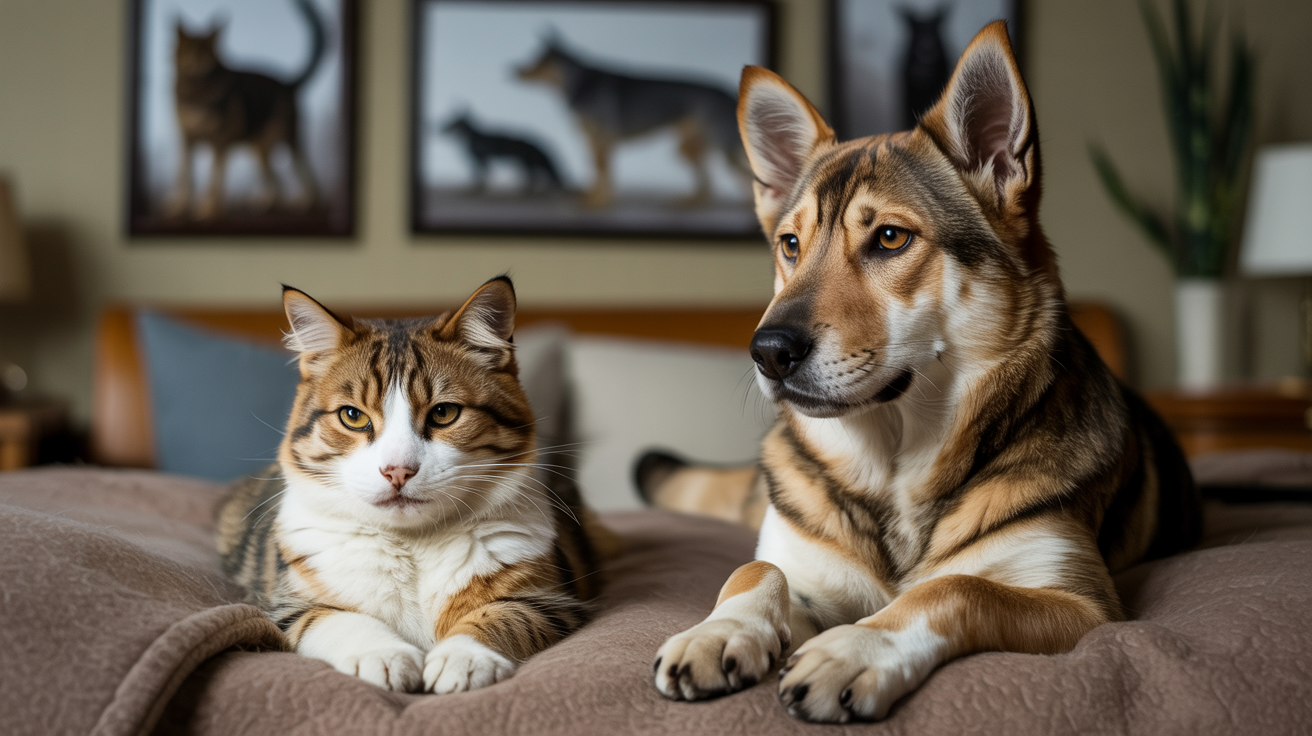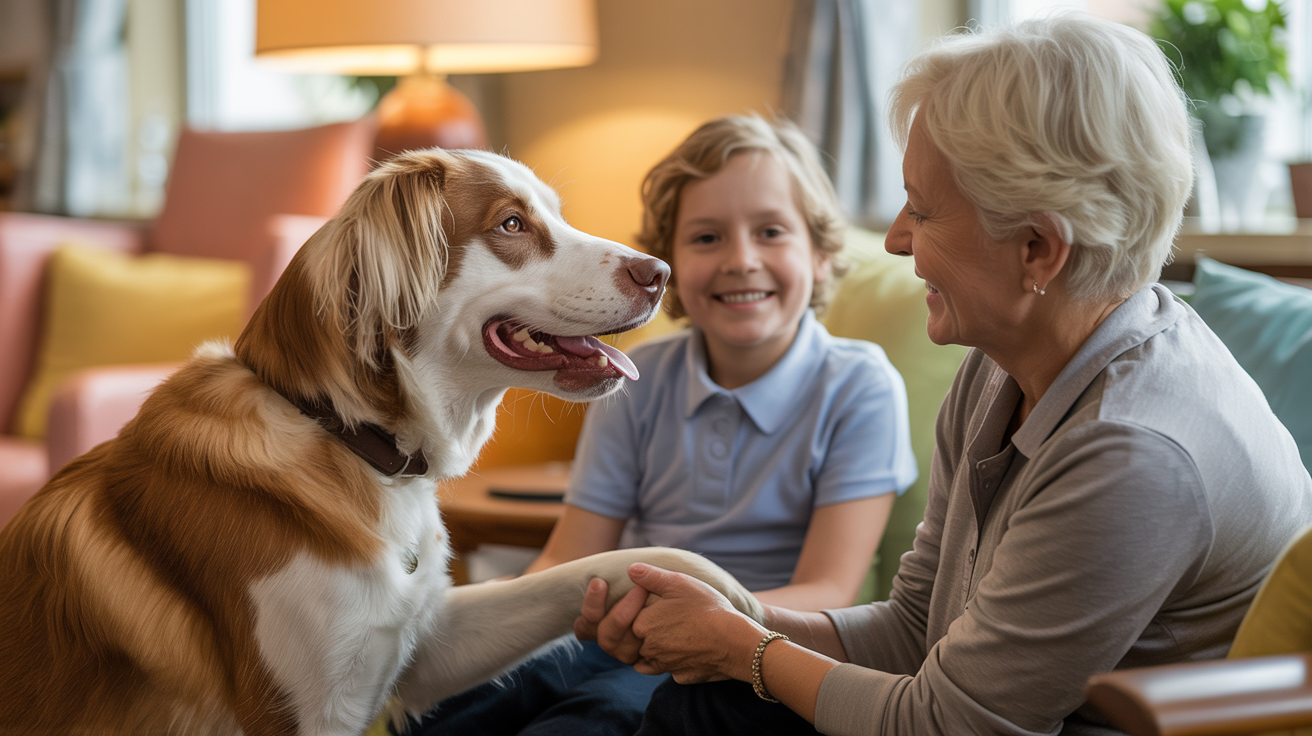Introduction: The Wild Within Our Pets
Modern cats and dogs might nap on our couches and beg for treats, but beneath their soft fur and familiar purrs or wags lurk the instincts of wild ancestors. While we've domesticated these animals over thousands of years, many of their behaviors still mirror those needed for survival in the wild. At Animal Atlas, we dive into how the quirks of your beloved pets are rooted in nature's wisdom.
Why Do Cats Knead and Pounce?
The Kneading Mystery
Have you ever watched your cat rhythmically push its paws in and out on a soft blanket or your lap? This 'kneading' behavior has roots in kittenhood, when young felines kneaded their mother's belly to stimulate milk flow. But the origins go deeper: wild cats knead grasses to create a comfortable, scent-marked resting spot. By kneading, your domestic cat is both reliving kitten comfort and claiming their territory—just as their wild relatives once did.
Pounce and Play
Those playful leaps and sudden sprints across your living room? They're echoes of hunting practice. Wild cats rely on stealth and ambush to catch prey. House cats, even when well-fed, retain this drive. Their playful behavior is actually a vital form of physical and mental exercise, keeping their senses sharp—just as it would for a leopard stalking in the wild.
- Fact: Domestic cats share about 95.6% of their DNA with tigers!
- Fun Tip: Interactive toys mimic prey and satisfy this hunting instinct.
Dog Behaviors: Circling, Digging, and Howling
Why Dogs Circle Before Lying Down
Before your dog settles in for a nap, you might see them circle the spot a few times. This seemingly odd ritual is a throwback to their wild ancestors—wolves and wild dogs—who would trample grass and leaves to create a safe, comfortable bed. Circling also helped them check for hidden dangers like snakes or insects before settling down.
The Digging Instinct
From flowerbeds to couch cushions, dogs love to dig. In the wild, canines dig to create cool resting spots, bury food, or build dens for puppies. While your pet may not need to store leftovers or escape the heat, the urge to dig remains strong.
"A dog's quirky digging and circling are not signs of mischief—they're echoes of survival skills honed over millennia in the wild."
Howling and Barking
Ever heard your dog howl at a siren or bark at the mail carrier? Howling is a direct link to their wolf heritage, used to communicate with the pack across large distances. Barking, though less common in wild canines, evolved with domestication as a way to alert humans to dangers or unfamiliar visitors—a valuable trait when guarding early human settlements.
Shared Instincts: Marking and Scent Communication
Both cats and dogs are experts in scent communication. They use their keen sense of smell to explore, communicate, and claim territory. Marking with urine, rubbing their face or body on objects, and sniffing new environments all stem from their ancestors' need to map out and defend their territory in the wild.
- Cats have scent glands on their cheeks, paws, and tail base.
- Dogs' wet noses help them capture scent particles more efficiently.
Why Understanding Instincts Matters
Recognizing these ancestral behaviors helps us better care for our furry companions. Providing enrichment like scratching posts for cats or digging boxes for dogs satisfies their instinctual needs and prevents boredom or destructive habits. Understanding the wild roots of their behavior also deepens our appreciation for these incredible animals and reminds us of their deep connection to the natural world.
Conservation Connection: Protecting Wild Relatives
While cats and dogs have found their place in our homes, their wild cousins—lions, tigers, wolves, and foxes—face increasing threats from habitat loss, climate change, and human conflict. By observing and respecting the wild instincts in our pets, we can foster empathy for wildlife and support conservation efforts to protect their habitats and ensure their survival for generations to come.
Conclusion: The Wild is Closer Than You Think
Next time your cat stalks a toy or your dog circles their bed, remember: these aren't just quirky habits. They're living reminders of a wild past, connecting our domestic companions to a broader story of adaptation, survival, and the enduring bond between humans and animals. Cherish these instincts—they're a window into the incredible journey from wildlands to our living rooms.




